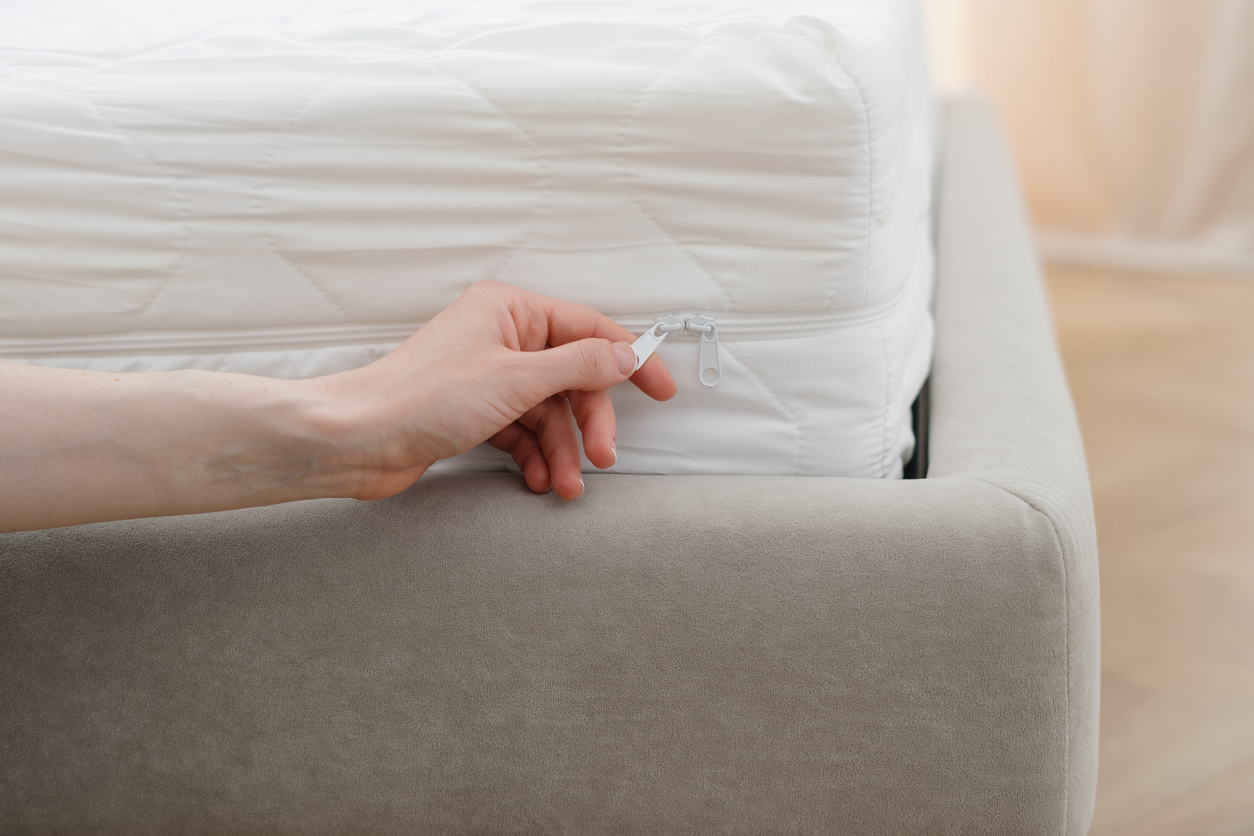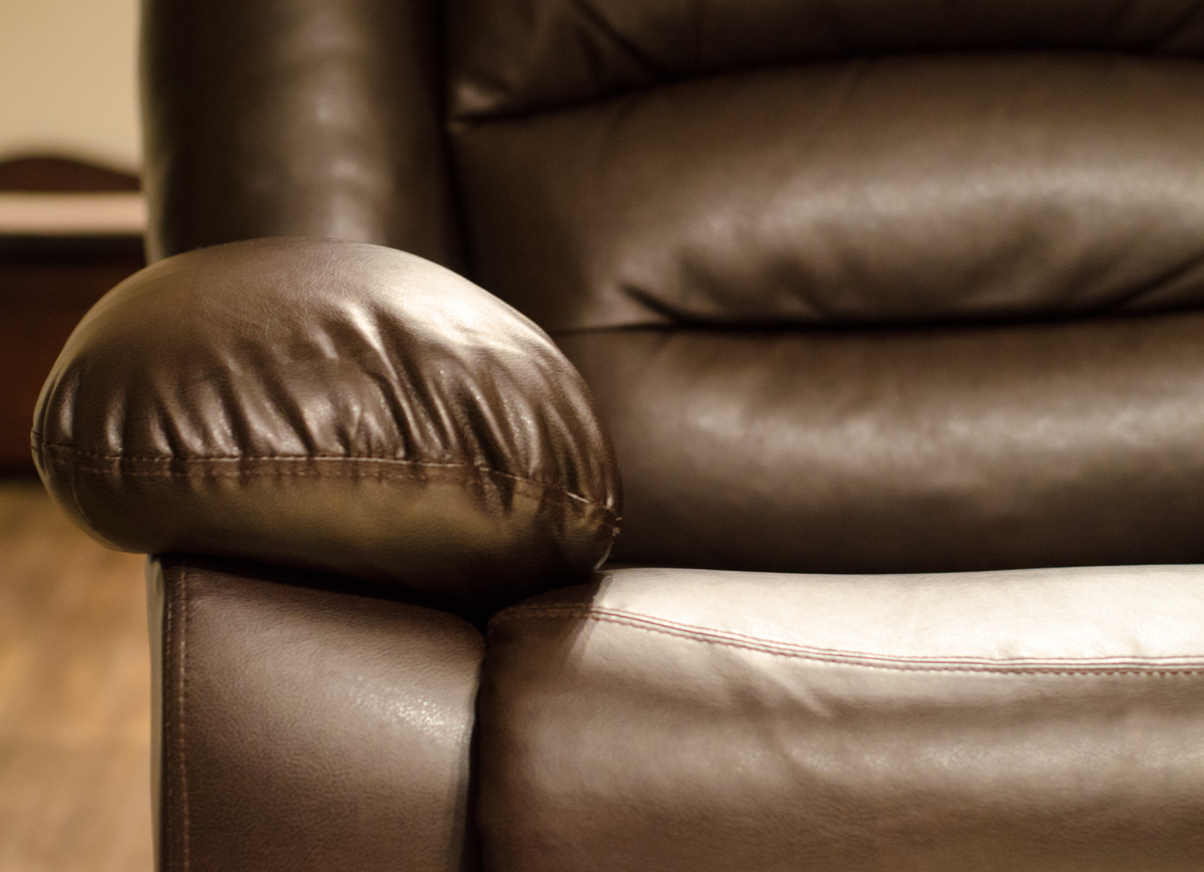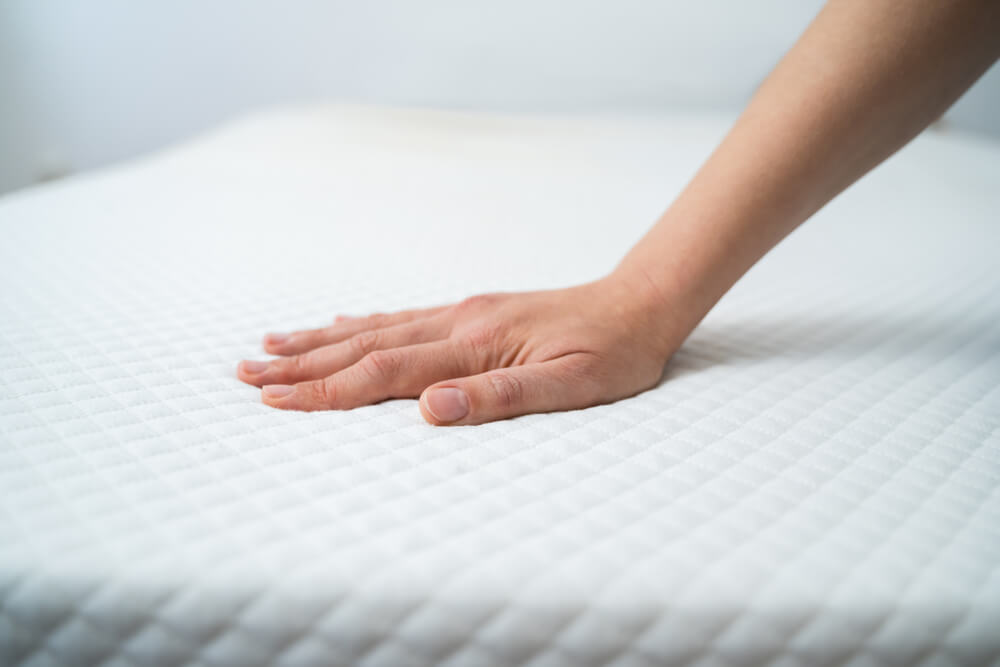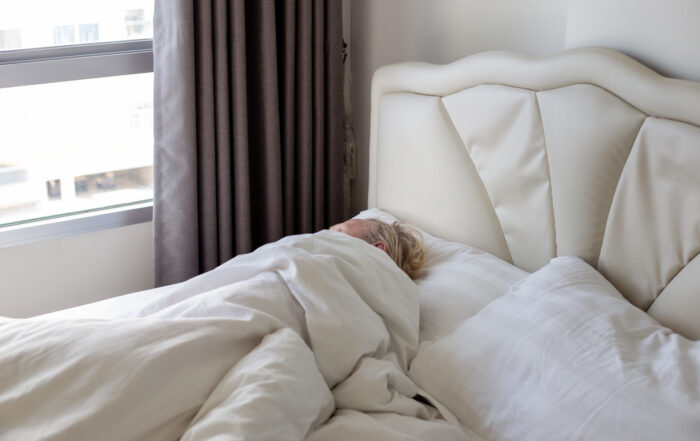Why You Cannot Flip A Memory Foam Mattress And What To Do Instead
Social Links
- Can You Flip a Memory Foam Mattress?
- What You Should Do Instead of Mattress Flipping
- Maintaining a Memory Foam Mattress
- Hybrid Mattresses and Mattress Toppers
There’s nothing like the comfort of lying down on a memory foam mattress – the soft landing, the gentle cocooning as it softens to your body heat, and the feeling of waking up knowing you’ve had a good night’s sleep. If you already own a memory foam mattress, you’ll be familiar with these simple pleasures. And if you’re thinking of getting one, you’re in for a treat!
However, when looking at investing in a good memory foam mattress, you should note that looking after it is not the same as caring for a regular coil or pocket sprung mattress. They’re constructed very differently, so while you may be used to regularly flipping your old sprung mattress, with a foam mattress that is no longer necessary. This is good news because it means you can have all the comfort and benefits of a comfortable, long-lasting mattress – without all the heavy lifting.
Can You Flip a Memory Foam Mattress?
Coil and pocket sprung mattresses are made with metal springs, which is what provides cushioning and support for your body. They’re made symmetrically from top to bottom, which means they can be flipped over to sleep on the other side. This helps spread out the wear and tear so that it provides more even support for longer, keeps the fillings evenly distributed (which means it doesn’t become lumpy) and reduces the risk of the mattress sagging in any particular place. How often you should flip your mattress will depend on how much you use it, but most sprung mattresses need to be flipped every three to six months.
With a memory foam mattress, their construction is usually made up of a firmer, more supportive base with a softer layer on top, for optimal comfort. If you flip a memory foam mattress over, you would have a much less comfortable sleep as you would be lying on the firmer bottom layer. It would also damage the softer top layer. Despite this specific construction, foam mattresses can still range from soft to firm, and the right one for you will depend on your personal preference, as well as how you sleep. The Mobility Furniture Company’s Mars, Mercury and Jupiter models are all no-flip mattresses, while the Solaris’ top layer of GelAir provides a little extra touch of cooling luxury.
What You Should Do Instead of Mattress Flipping
Even though you can’t flip a memory foam mattress upside down, that doesn’t mean that it won’t last as long as a sprung mattress. Memory foam is a highly durable material and should last you for many years – especially if you take good care of it. One of the best ways to distribute wear and tear is to rotate it horizontally, so that you’re sleeping in a different area but the soft layer stays on top. In other words, instead of the top becoming the bottom, and vice versa, the left side becomes the right side and the head becomes the feet. This is particularly important if you like to sit up in bed, or if you share it with a partner who’s a different weight from you, to prevent sagging in specific spots.
This non-flip property is also one of the reasons why memory foam mattresses are a great choice for older people or those with limited mobility. Rotating is much safer than flipping, and easy for one or two people to manage – just make sure to remove any nearby sharp or breakable objects, such as bedside lamps, before you start. They’re also a great choice for adjustable beds as they’re extremely flexible and can bend and return to their flat position many times before losing their elasticity.
Ideally, you should rotate your mattress every three to six months. To help you keep track, you could make a note to do this when you switch from summer to winter bedding, at the start of each new season, or when the clocks change between summer and winter time.
Maintaining a Memory Foam Mattress
Memory foam mattresses may not need flipping, but that doesn’t mean they’re entirely maintenance free. As well as rotating them regularly, they should also be aired out to ensure they stay dry and fresh. Though they’re naturally hypoallergenic and mite resistant, as with sprung mattresses, memory foam also collects particles like skin, hair, dust and crumbs, which are best removed by vacuuming with a soft brush attachment. This can be done whenever you strip the bed to wash the sheets, as well as when you rotate it. If you can flip it up on its edge, you can vacuum the underside as well, and be sure to check the bed base to make sure there’s no damage.
As with all mattresses, memory foam does not like to get wet, so avoid spills if you can and use a mattress protector as a base layer. Remember that you can rotate mattress covers too, to even out wear. This is particularly relevant to high-care cases where incontinence or excessive sweating may be an issue.
If you do need to remove stains, try spot cleaning or a special cleaner. Should the mattress get wet, strip it off and dry it out as quickly as possible, ideally in the sunshine or near a bright window. Let it air out naturally each day by pulling the covers back, and never use it when it is damp.
Hybrid Mattresses and Mattress Toppers
Some mattresses, such as our Saturn model, are hybrids, meaning they are made from more than one material, for example, a sprung base with a memory foam top layer. Some, like the Eros Luxury Hybrid, are topped with cooling GelAir, which has air circulation as well as extra anti-allergenic properties. Like other memory foam mattresses, they should not be flipped as only the top layer is designed to be slept on – however, they can also be rotated. If you have a hybrid mattress to yourself you should rotate it every six months or so, or every three months if you share it with someone else.
Hybrid mattresses should be maintained in the same way as a regular memory foam mattress, with regular airing and immediate spot cleaning of any spills. If you have a separate foam topper that’s not incorporated into the mattress, this can be flipped and rotated, but should always be on top of the mattress, in fact, when you’re flipping mattress toppers is a great time to vacuum and air it out. As with all memory foam products, you should replace it with a new one as soon it starts to lose its flexibility – in other words, whenever you notice that it doesn’t bounce back when you press on it.
The Bottom Line
Memory foam mattresses may need a little TLC to keep them in their best condition, but with the right maintenance and protection they can last for many years – potentially more than a decade! And the best part is, there’s no need for any back-breaking mattress flipping. As long as you have somebody around with a little upper body strength and a vacuum cleaner, you should be able to look after it with ease.
If you’re not sure where to start, speak to the team at the Mobility Furniture Company about trying out a memory foam mattress in your home. They’ll be able to advise you on the best size, firmness and model, whether you need a hybrid or superior model and even what works well with your current bed base. With the best mattress for your unique situation and the right advice, there’ll be nothing to stop you from getting that good night’s sleep you’ve been craving.
[/fusion_text][/fusion_builder_column][/fusion_builder_row][/fusion_builder_container]*This website contains general medical information. The medical information is not advice and should not be treated as such. Read our full Medical Disclaimer here.



